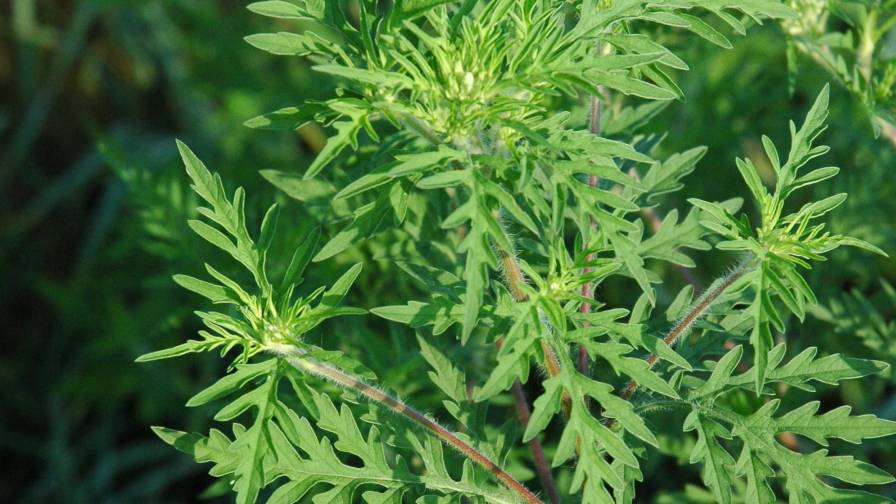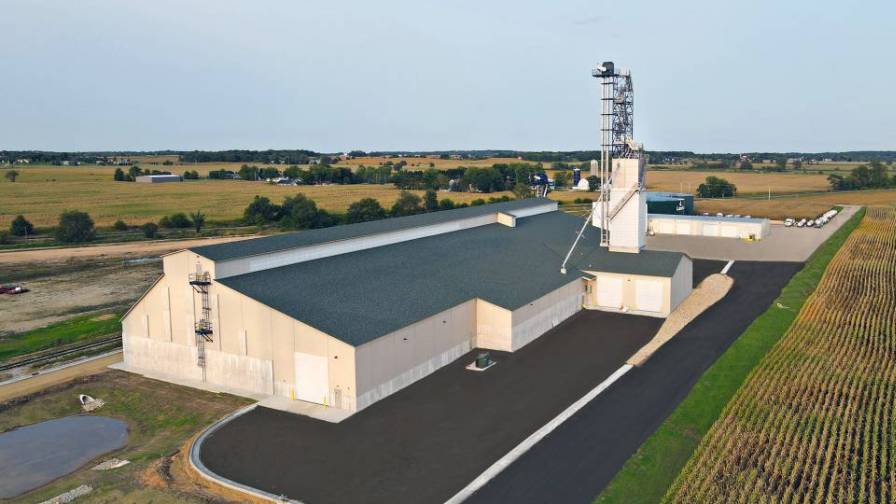New Technology Offers ALS-Resistant Weed Control In Wheat
From searching for profitability in depressed wheat prices, to deciding among countless input options, wheat growers have a lot on their plates as they look to 2017. While herbicide resistance has been an issue, ALS-resistant weeds have become a more prevalent threat to U.S. wheat production.
Growers should watch for tough-to-control bushy wallflower infestations, often found in thick population clusters, and fields that are shifting to fall germination of marestail, a troublesome yield robber. In addition, wheat growers may battle ALS-resistant populations of chickweed, flixweed and henbit. These broadleaf weeds are often found in no-till production systems that are completely reliant on herbicides for weed control.
“It’s been quite some time since growers had a new herbicide chemical family in wheat. Quelex herbicide with Arylex active, a new Group 4 active ingredient, adds a powerful tool to wheat producers’ weed control toolbox,” says Abe Smith, market development specialist. “There is a significant benefit to using the newest wheat herbicide with advanced control to fight today’s weed problems.”
Prepare for Fall or Spring Emergence
After wheat is planted, growers may fall into a routine where, after a good stand is established, the crop is left unchecked until the beginning of the new year. However, flushes of ALS-resistant weeds can occur in the fall or spring.
“Scout for fall emergence of broadleaf weeds, which are more prevalent in wet conditions. Being cognizant of weed competition allows for fall sprays to control target weeds,” says Chad Cummings, field scientist, Dow AgroSciences. “Whether a fall or spring application is required, Quelex offers consistent weed control across variable climatic conditions, providing application flexibility.”
Break The Wheat-on-Wheat Cycle
In addition to scouting for weed competition, practice crop rotation to help minimize the impact of ALS-resistant weeds. Choosing a herbicide that controls ALS-resistant weeds and allows for double cropping will help maintain the effectiveness of herbicide technologies. Winter canola is an excellent option to remove winter annual weeds from the mix, particularly in the southern Plains.
“There aren’t many wheat herbicides that allow for an immediate rotation to conventional canola,” says Cummings. “Quelex offers advanced broadleaf weed control and the flexibly to plant back to canola. Today’s marketplace requires flexibility and nimbleness in herbicide programs and in crop rotations, and Quelex gives you that freedom.”
Quelex herbicide has a five-month rotational interval for conventional winter canola varieties, as well as a three-month rotation to many of the very important double-crop commodities such as soybeans, cotton, grain sorghum and sunflowers.
For more information, visit FlexibleWeedControl.com.






